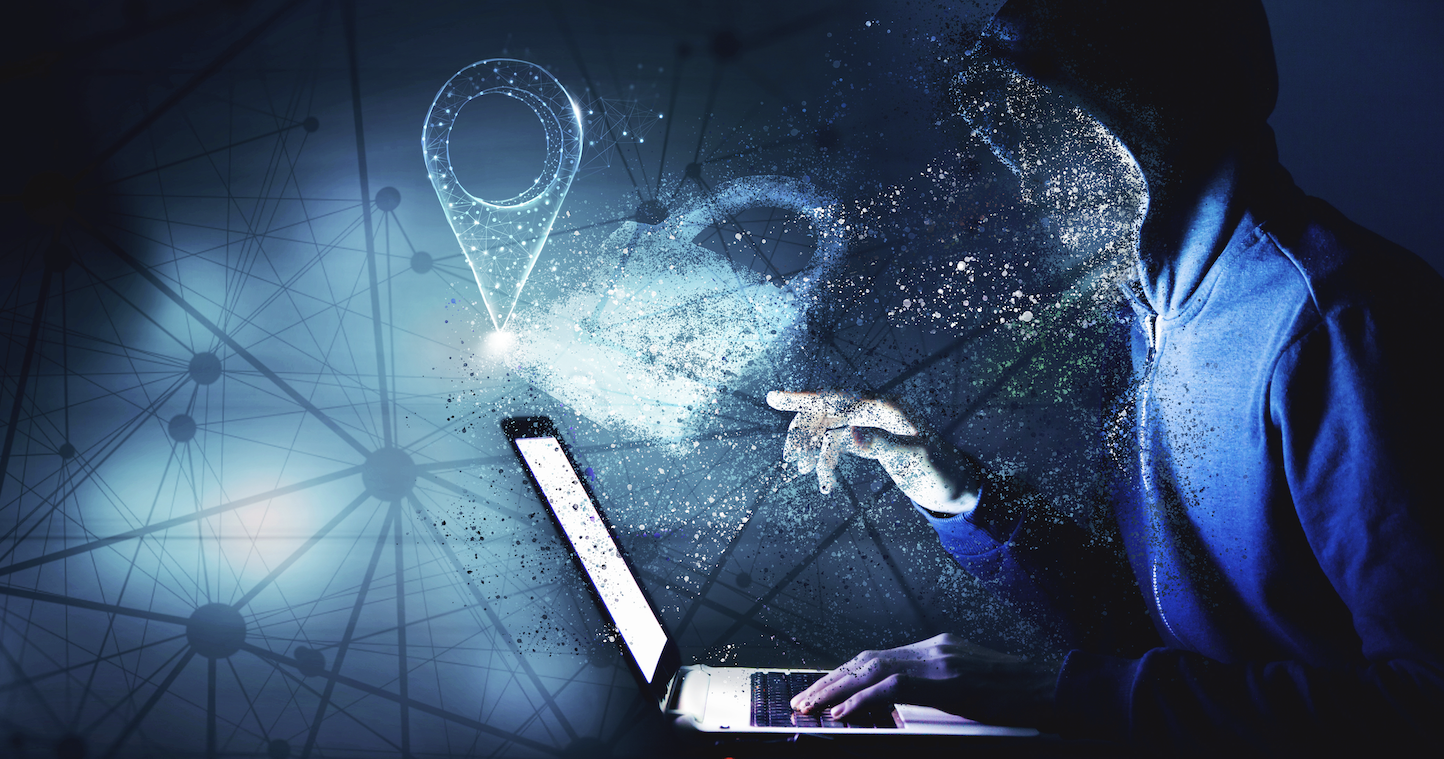Cybersecurity protection is vital for all organizations, no matter their size or their focus. Most organizations can benefit from the same general strategies. Here are six strategies for keeping your company safe from cybercrime.
1. Focus On Continuous Training
Employees should have opportunities to continuously learn about cybercrime and cybersecurity. At a minimum, there should be an initial course that employees are required to complete during onboarding and an annual refresher course. You can also provide additional training and learning opportunities for more specific security topics and questions. You can include in-person interactive training where employees can ask questions such as what is a spoofing attack, as well as eLearning opportunities. Employee training is essential so your employees understand the necessity of cybersecurity, the tools you use, common cybersecurity attacks and their roles in your cybersecurity infrastructure.
2. Outsource As Needed
Many organizations choose to outsource various aspects of their cybersecurity infrastructures. This can be done for a variety of reasons, including cybersecurity professional shortages, budgetary constraints and outsourcing software. You can look for contracting companies that provide general cybersecurity support or utilize the security staff working for the provider of your cloud, CRM or other software services.
3. Utilize Zero Trust Infrastructure
Zero trust infrastructure refers to computing architecture that requires verification any time an employee accesses any part of your network. This is a stringent model of cybersecurity where a user must always verify his or her user credentials to access each part of your network, with no implicit trust offered. By comparison, traditional models offer more implicit trust and thus tend to require fewer verifications. Zero trust infrastructure will help you ensure your entire network is better protected and more difficult to hack into.
4. Backup And Protect Your Data
Be sure to establish a system of backing up and protecting your data, particularly your sensitive data. You should have additional layers of protection surrounding your data and its backups due to cyberattacks meant specifically to target that data, such as ransomware attacks. If you back your data up regularly, anywhere from several times a day to every few months depending on what type of data your organization handles, you will be able to recover from ransomware attacks more quickly and easily. If you employ various additional protective measures for your data, such as multi-factor authentication, you're more likely to be able to prevent these attacks from succeeding in the first place.
5. Make Sure Remote Employees Are Secure
With the improvement and advancement of mobile technology, more people than ever have the opportunity to work remotely. However, this also comes with additional types of risk. Employees working remotely need to utilize additional cybersecurity tools whether they're working via their secure home wifi or on public wifi. Virtual Private Networks (VPNs) are commonly used by remote workers. A VPN provides your connection to the internet with end-to-end encryption designed to protect your sensitive data from hackers. Remote employees should also be required to regularly update their work devices' security software and authentication methods regularly.
6. Develop An Airtight Cybersecurity Policy
All of these strategies, as well as any others you choose to implement, should be included in your cybersecurity policy. Make sure your policy covers all of your organization's cybersecurity strategies, tools, training opportunities and requirements. It should include plans and procedures to deal with as many potential cybercriminal attacks as you can think of. Because cybercriminals and cybersecurity professionals are constantly evolving and developing new strategies to counter each other, you need to review and update your cybersecurity policy regularly. Most companies do this annually. You should also make sure your policy and its updates are available for employees to check and review whenever they need to.
You should always implement several layers of complementary cybersecurity strategies. The multi-layered and multi-tool approach is the best way to ensure you have the best security coverage for your organization.
Related: 5 Things Your Business Should Learn About Online Safety

